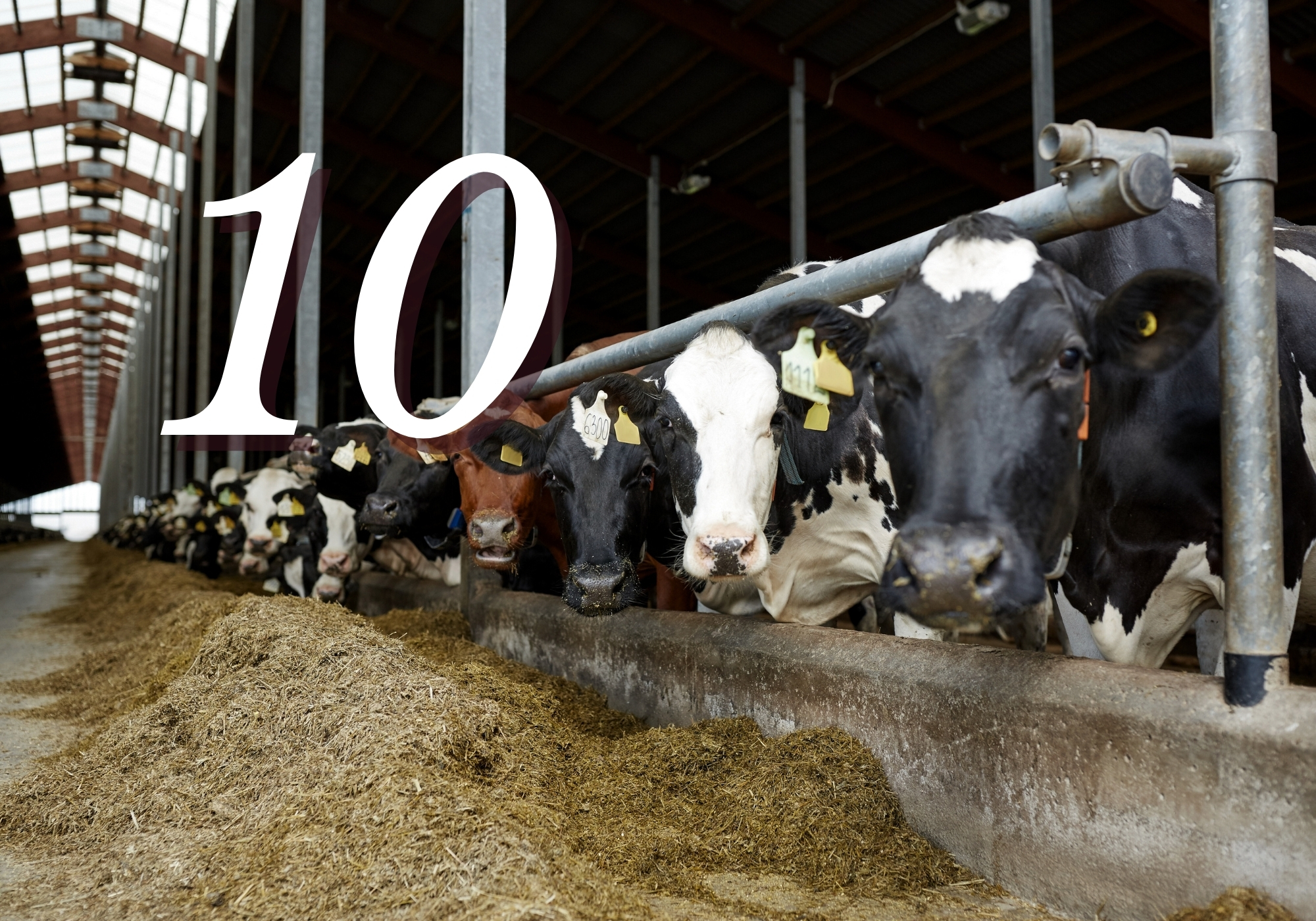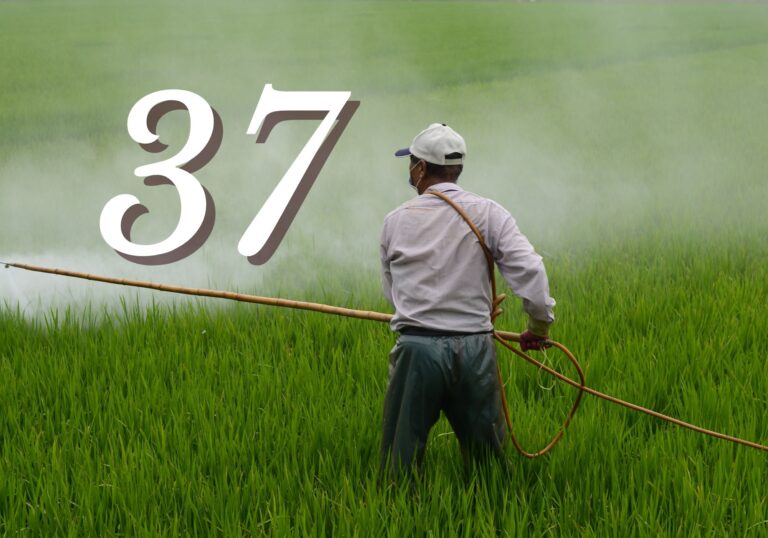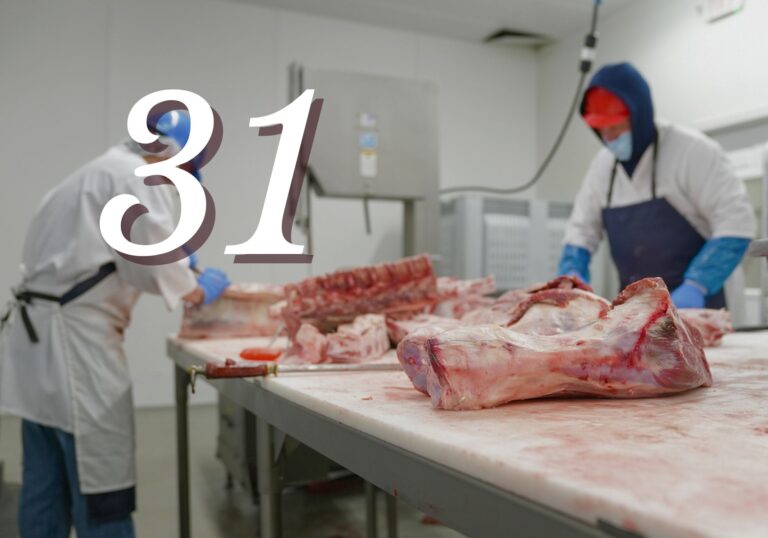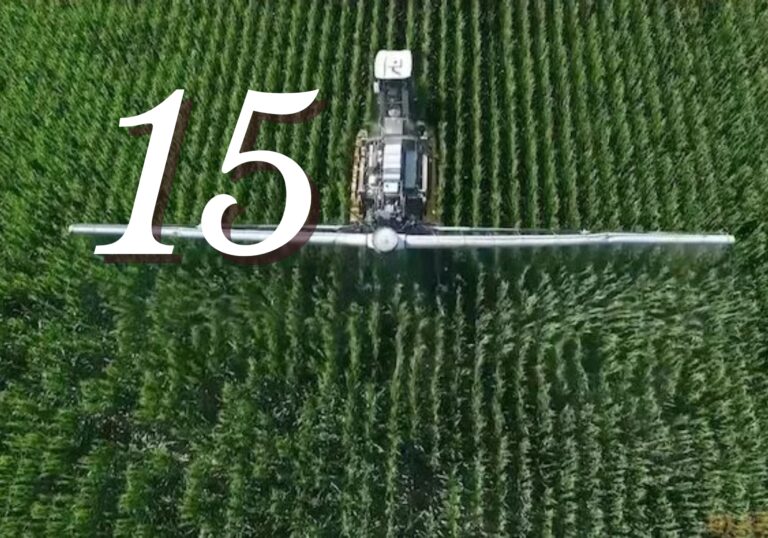Dairy Consolidation
Exclusive: Misguided policies have hurt small-scale farms while enriching agribusinesses and corporate lobbyists, analysis shows.

Two decades of misguided US dairy policies centered around boosting milk production and export markets have hurt family-scale farms and the environment while enriching agribusinesses and corporate lobbyists, new research has found.
The average American dairy turned a profit only twice in the past two decades despite milk production rising by almost 40%, according to analysis by Food and Water Watch (FWW) shared exclusively with the Guardian.
More milk has not meant more profits for most farmers – or cheaper prices for American shoppers – because production costs have risen while milk prices have remained low so US exporters can compete on the global market.
In the past 20 years, US dairy exports rose eightfold – more than almost any other commodity – which has coincided with rapid consolidation across the industry, according to the FWW report.
The US Dairy Export Council (USDEC) claims booming exports have helped farms of all sizes, but two-thirds of family-sized commercial dairies were lost between about 1997 to 2017 as factory farms, exporters and a handful of powerful cooperatives came to dominate dairy. Trade association executives are making huge salaries as ordinary farms go under….
Curbing overproduction is crucial as current state and federal dairy policies are driving family-scale farms to extinction… according to the FWW report, Economic Cost of Food Monopolies: The Dirty Dairy Racket.
“The big picture of the economic cost of dairy consolidation is that it’s a story filled with the incredibly orchestrated and devastating farmer loss and hardship, and a worsening environmental outlook,” said Rebecca Wolf, food policy analyst at FWW. “But it wasn’t always this way, and it doesn’t have to be this way … we have to reject false solutions and instead reform policies to support farmers, the environment and the US economy.”
Consolidation in the US dairy industry has occurred at a faster pace than in every other agricultural sector apart from hog and egg production. It’s happening at both the farm level – fewer farms, more mega-dairies – and at the processing level – fewer but larger corporations and cooperatives that purchase, process and market dairy products….
Farmers have struggled to break even due to production costs rising faster than milk prices – which were slightly lower in 2021 compared with 2000. This is partly due to a major shift in US dairy policy away from price stabilization achieved through minimum price guarantees and buying and storing excess milk that would be donated or resold to manage oversupply, to one that encourages production and expanding export markets.
The policy shift – which includes promotion of dairy products in developing countries – helped the US become one of the largest dairy exporters in the world. As exports rose, so did price swings, and in order to stay competitive, US milk prices stayed low.
“This lined the pockets of agribusinesses while leaving farmers captive to volatile international markets … Clearly, export-focused policies have not improved the welfare of the average US dairy farmer,” according to the FWW report….
But dairy farmers are forced to pay into corporate schemes that work against their interests. FWW estimates that between 2005 and 2018 dairy farmers paid around $4bn into the mandatory Dairy Checkoff program which funds campaigns pushing US milk, butter and creamers to consumers and fast-food firms that mostly benefit mega-dairies…






